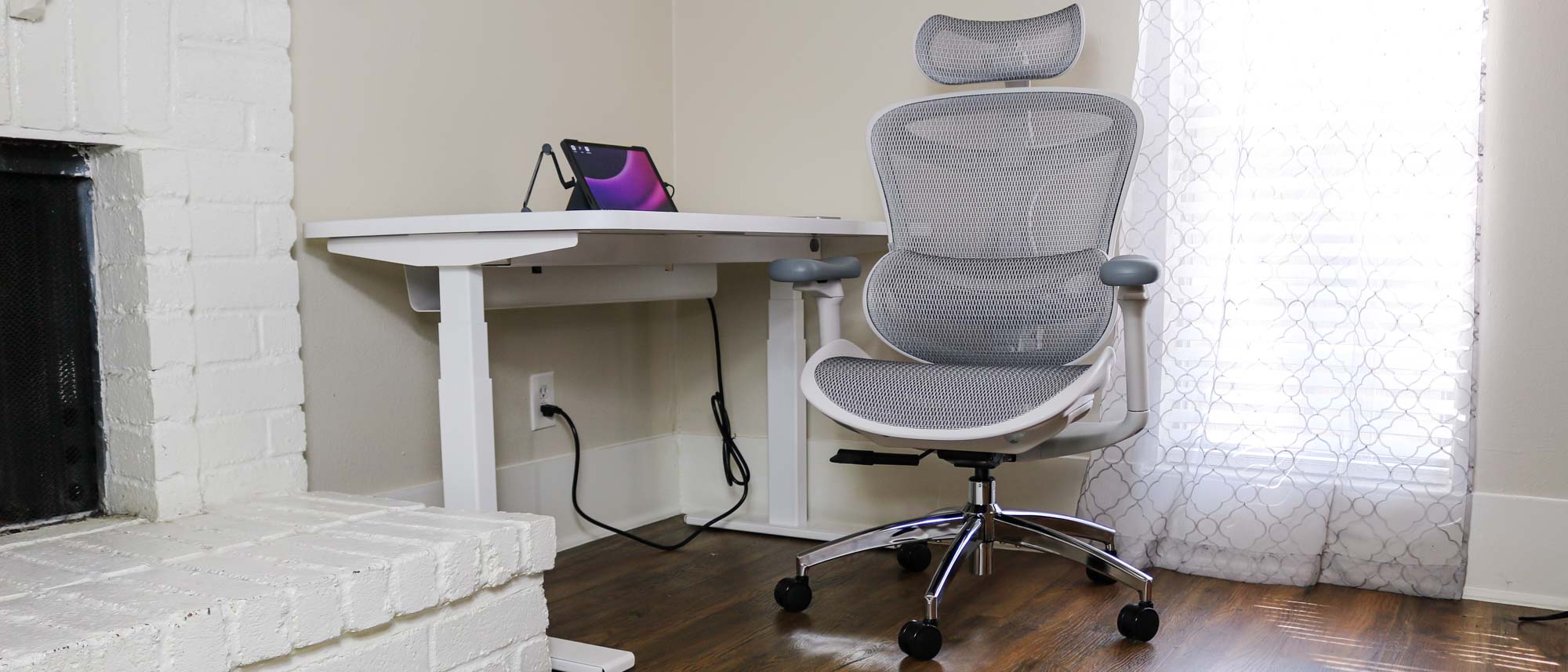Tom's Guide Verdict
The SIHOO Doro-C300 is a mid range office chair with an all mesh design for less than you’d expect. Its 3D armrests and headrest are very adjustable but the same can’t be said about its lumbar support which remains in one place until you lean back in the chair. The SIHOO Doro-C300 also has an eye-catching design from either the front or back but its narrow seat pan and the chair’s maximum height might not be suitable for taller users or those with a wider frame.
Pros
- +
Futuristic design
- +
Reasonably priced
- +
Adjustable headrest
- +
Mesh allows for excellent airflow
Cons
- -
Extra steps required for assembly
- -
Armrests move too easily horizontally
Why you can trust Tom's Guide
Chair size: 29.9 x 15.4 x 25.6 inches
Chair adjustable height: 19 to 22 inches
Chair weight: 50.7 pounds
Max weight capacity: 300 pounds
Adjustment points: 6
Tilt: 20 degrees
Warranty: three years
The SIHOO Doro-C300 provides plenty of features while being quite comfortable, all at a mid range price. It has a futuristic-looking design, especially when viewed from the back, and this is because its arms attach to the chair’s frame as opposed to its seat cushion. The SIHOO Doro-C300 also features a mesh headrest, backrest and seat cushion to keep you cool while working for long periods of time. While the chair’s height, its armrests and its headrest can be adjusted to your liking, the same can’t be said for the lumbar support which remains locked in place while seated upright but moves with you when you recline.
This is the second office chair from SIHOO that I’ve reviewed and in the month or so I’ve spent testing the Doro-C300, I can definitely say that it’s a big upgrade from the similarly priced SIHOO M90D. This time around, you’re getting a full mesh office chair for under $400 that requires a bit more assembly. Still though, I’ve found the SIHOO Doro-C300 to be comfortable during daily use despite the fact that its lumbar support lacks adjustability, and its narrow seat pan and short maximum height means it might not be the best for larger or taller individuals.
Our SIHOO Doro-C300 review will help you decide if this is the best office chair for you or if it’s worth paying a bit more for an ergonomic chair with an adjustable lumbar support.
SIHOO Doro-C300 review: Price
The SIHOO Doro-C300 is available in either black or white. The white version of the chair has a list price of $399, but the black version can be had for slightly cheaper at $389.
At the time of writing though, you can save quite a bit by ordering the chair directly from SIHOO’s website where the white version costs $309 and the black version costs $299. Alternatively, you can also order the chair from Amazon for $369 in white or $359 in black.
SIHOO Doro-C300 review: Design
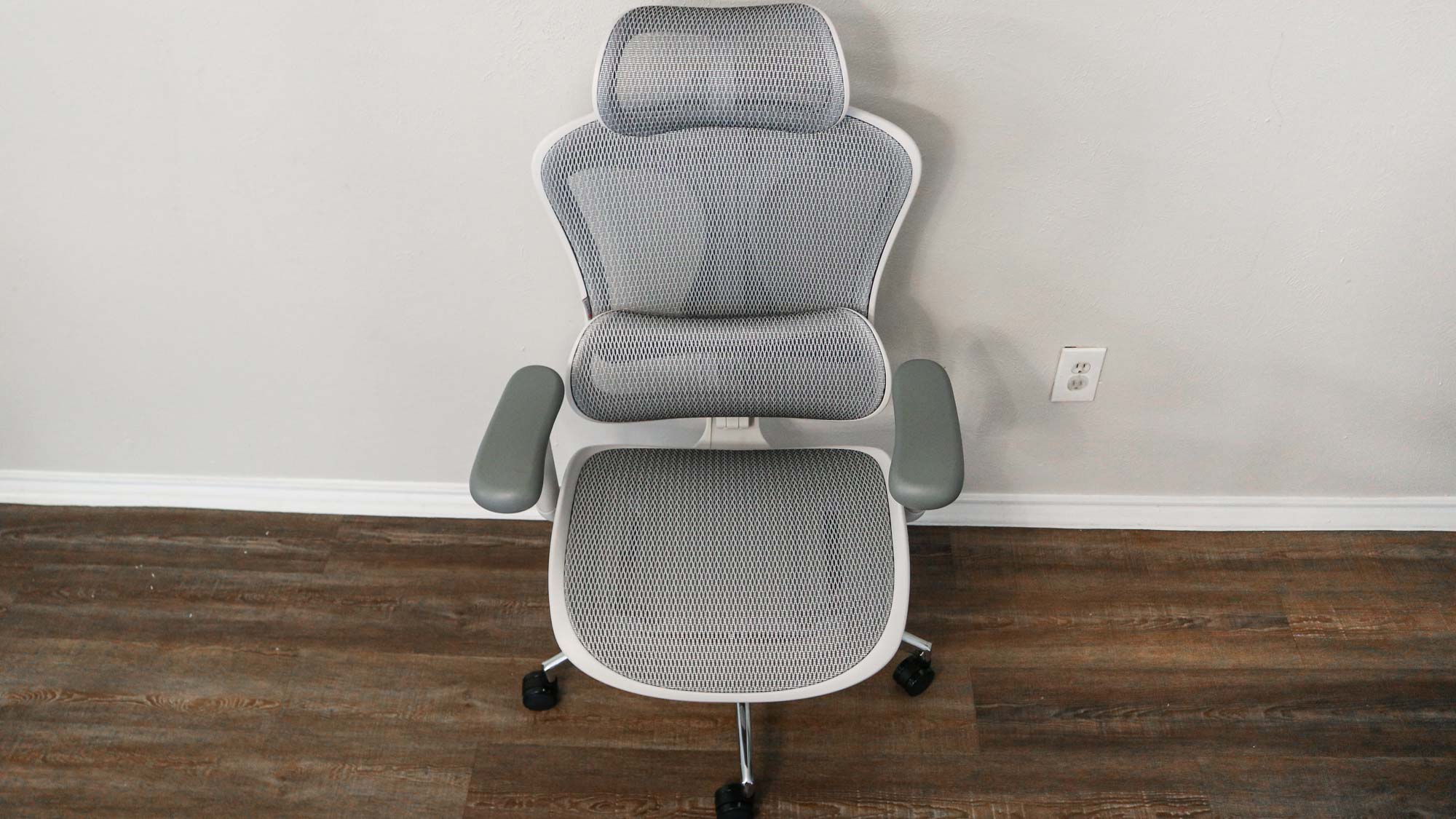
The SIHOO Doro-C300 immediately stands out from similarly priced, mid range office chairs due to its all-mesh design. Its chassis is made of hard plastic but your body never really comes into contact with it as there’s plenty of space between the chair’s frame and the mesh. While the version of the SIHOO Doro-C300 we reviewed has gray mesh and a white frame, the black version is almost entirely black, though the frame is a slightly lighter shade than the mesh.
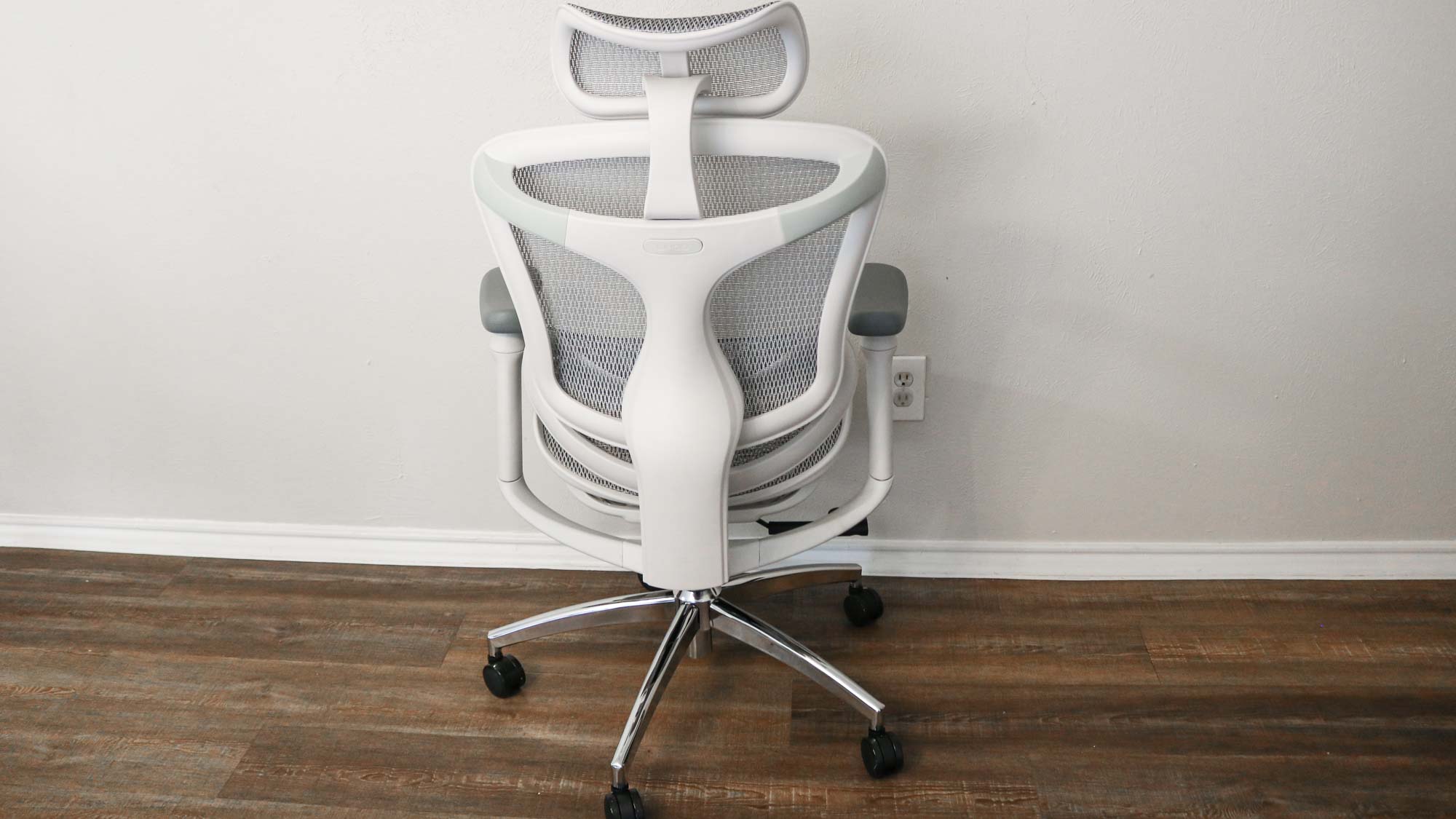
Like the Branch Verve Chair, the SIHOO Doro-C300 is the kind of office chair that looks just as good when pushed in under your desk as it does when turned outward. The chair’s frame gives it a unique look and as I mentioned before, a big part of this is due to how the armrests attach to the frame as opposed to the seat itself. However, there’s another benefit to this design as the armrests move with the backrest when leaning back instead of remaining in place like they do with most other office chairs.
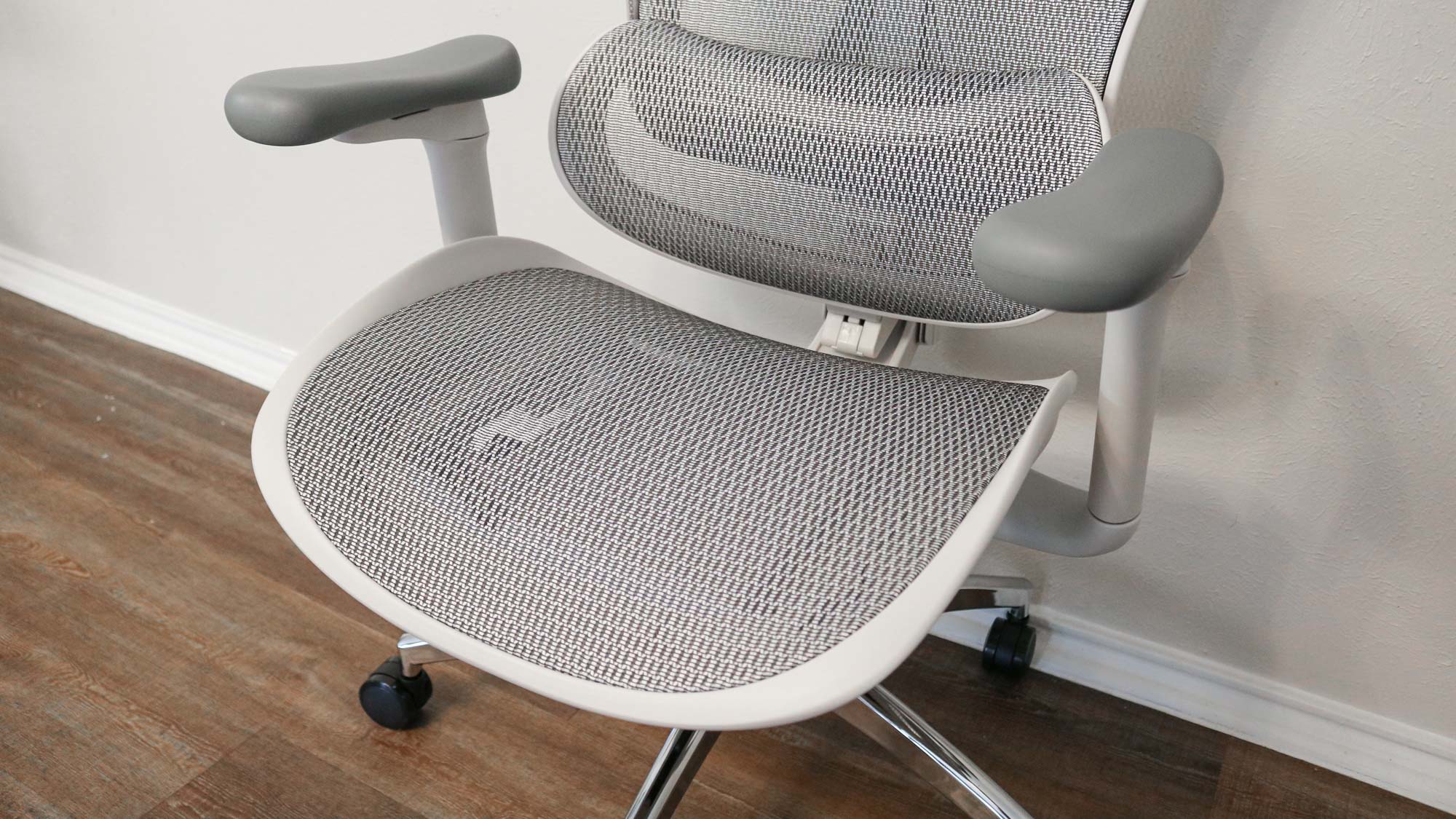
The seat pan of the SIHOO Doro-C300 has what the company refers to as a waterfall-shaped seat, which is designed to “offer a weightless seating experience.” If this seat pan looks familiar, this is because it closely resembles the one found on the much more expensive Herman Miller Aeron chair which also curves upward on the sides.
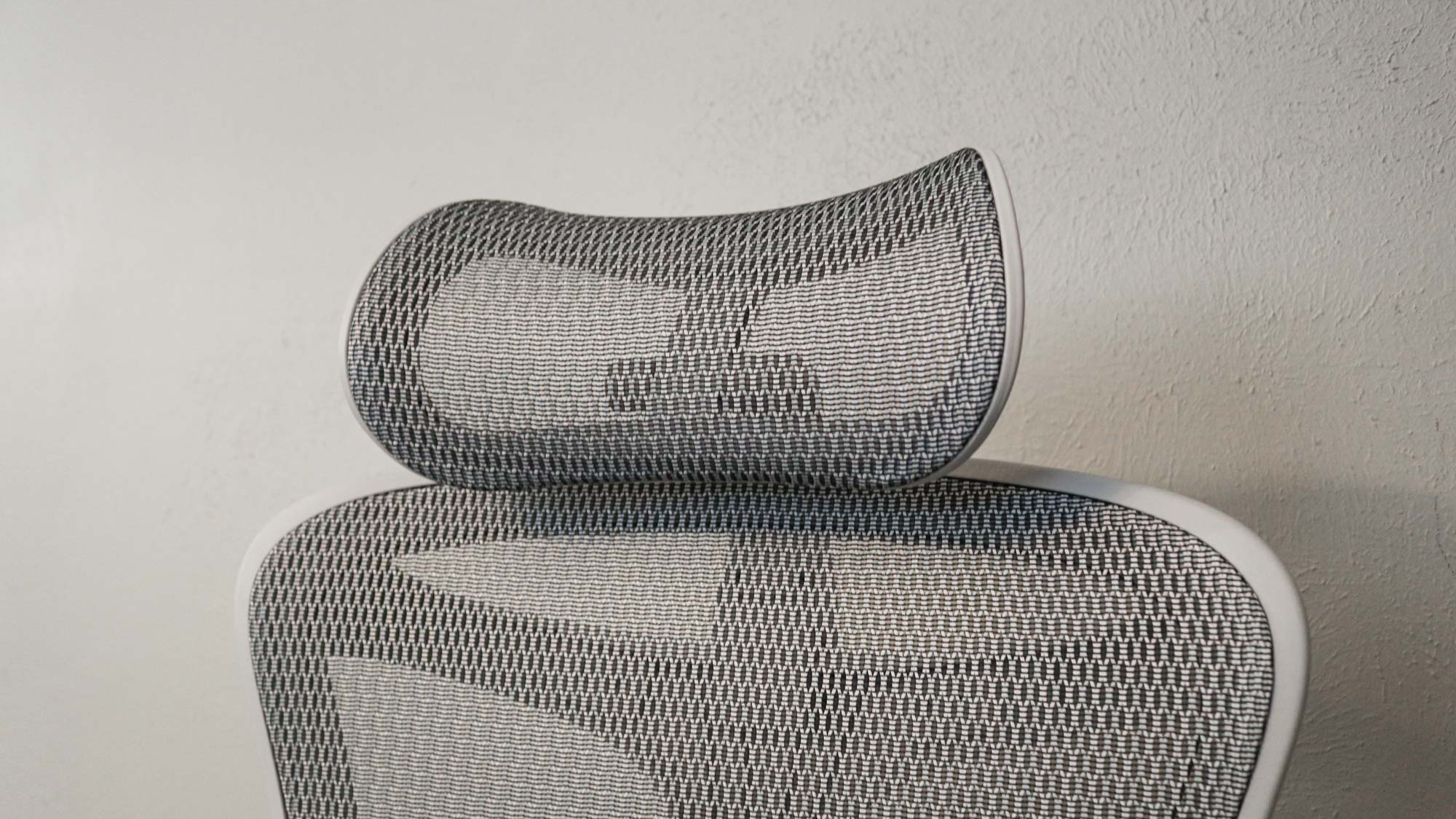
One thing that SIHOO Doro-C300 has that all of Herman Miller’s chairs lack is a headrest. While you technically shouldn’t need one with an ergonomic office chair since they provide natural support for your spine, a headrest is still nice to have. This is especially true with a chair like this one that allows you to lean back at a 92, 100 or a 112 degree angle. The headrest is also adjustable.
SIHOO Doro-C300 review: Assembly
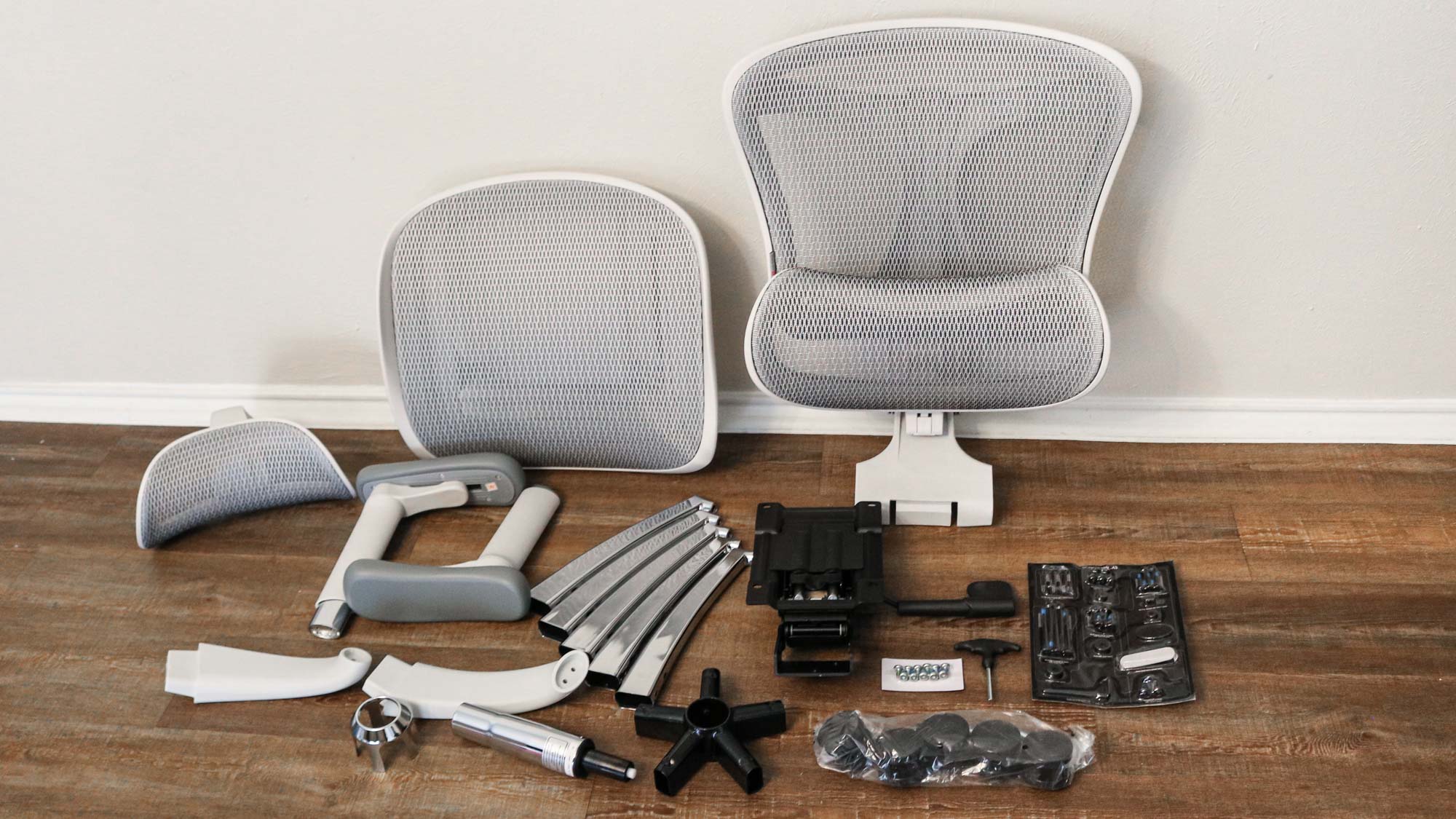
One of the reasons that the SIHOO Doro-C300 is cheaper than premium office chairs like the Steelcase Karman is that you have to put it together yourself. The chair’s backrest, seat, headrest, armrests, casters (wheels), gas cylinder are all separate in the box. Surprisingly, the wheel base doesn’t come pre-assembled which was a first for me and something I haven’t seen in all the chairs I’ve tested so far.
The included instructions are on a single page and the pictures showing the steps are all a bit smaller than I would have liked. However, the instructions do include a full parts list with pictures to help you differentiate between the different types of M6 and M8 screws used when putting the SIHOO Doro-C300 together. Likewise, all of the screws, washers and tools included with the chair are clearly labeled.
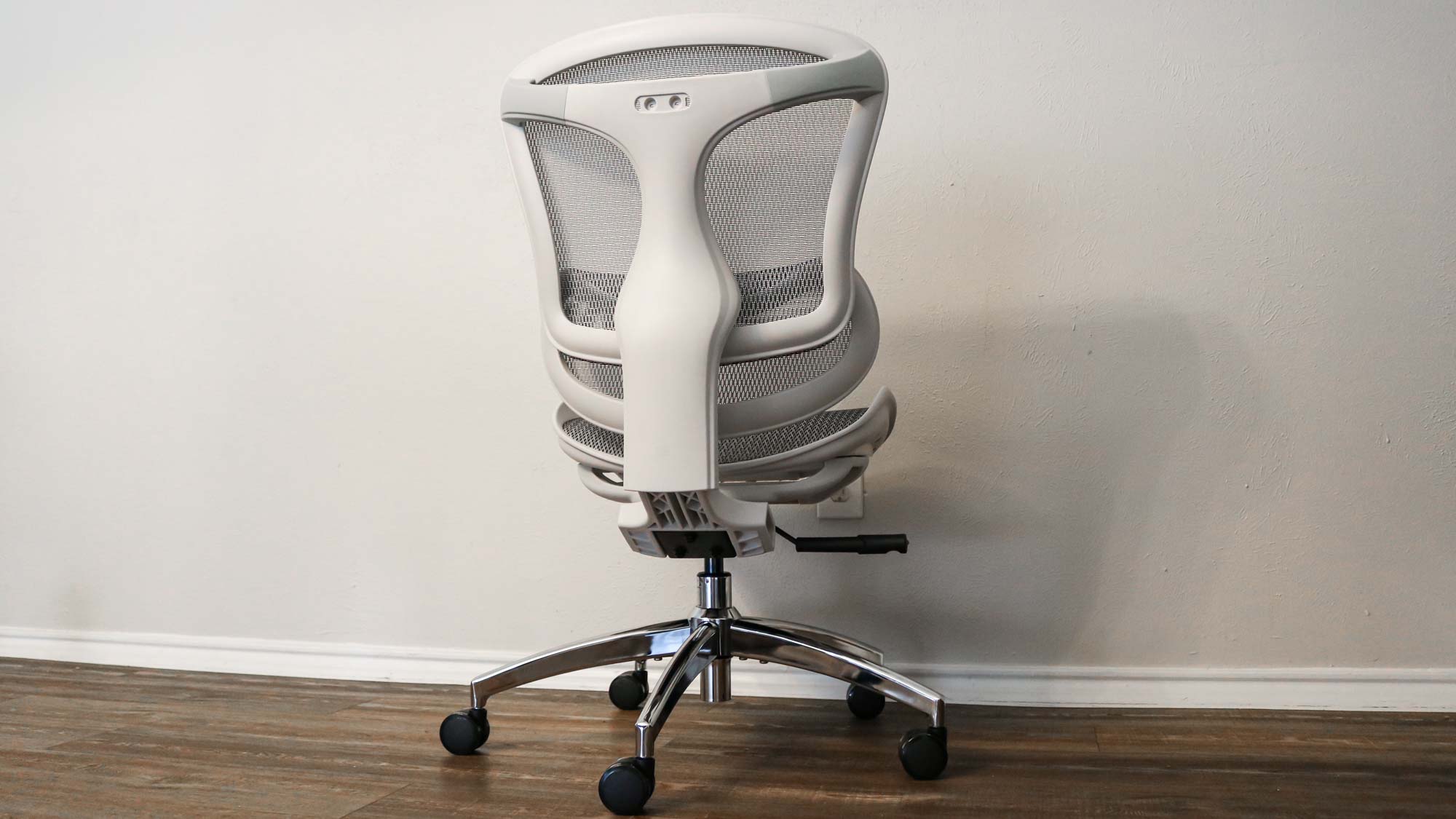
Putting the SIHOO Doro-C300 together was a fairly straightforward process. Attaching the armrests to the chair’s rear frame was the most difficult part and it took me around 30 minutes to put everything together. If you don’t build office chairs as often as I do, it could take you anywhere from 45 minutes to an hour; having someone to help you will certainly speed things up.
SIHOO Doro-C300 review: What’s adjustable
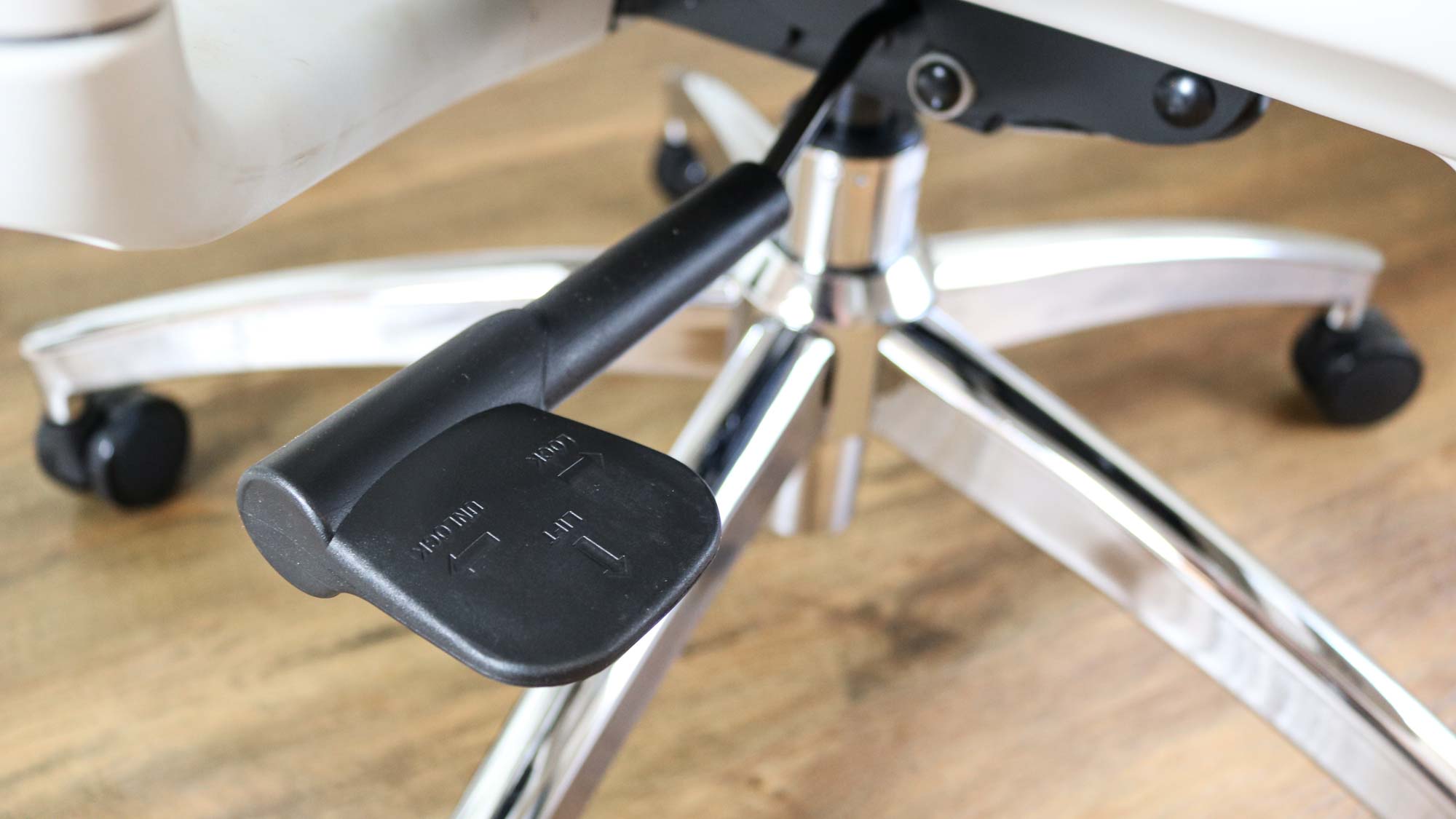
The majority of the adjustments you can make to the SIHOO Doro-C300 are done using a lever on the right side of the chair. Pushing the lever down allows you to adjust the chair’s height. Meanwhile, it can also be pushed in to lock the backrest in place or pulled out to unlock it. An interesting thing about how this lever works is that you can tilt back in the chair and then push the lever in to remain in a reclining position. While I’ve personally never taken a nap in an office chair, with this feature, you technically could in the SIHOO Doro-C300. Likewise, it could be useful when reading or just taking a break from work.
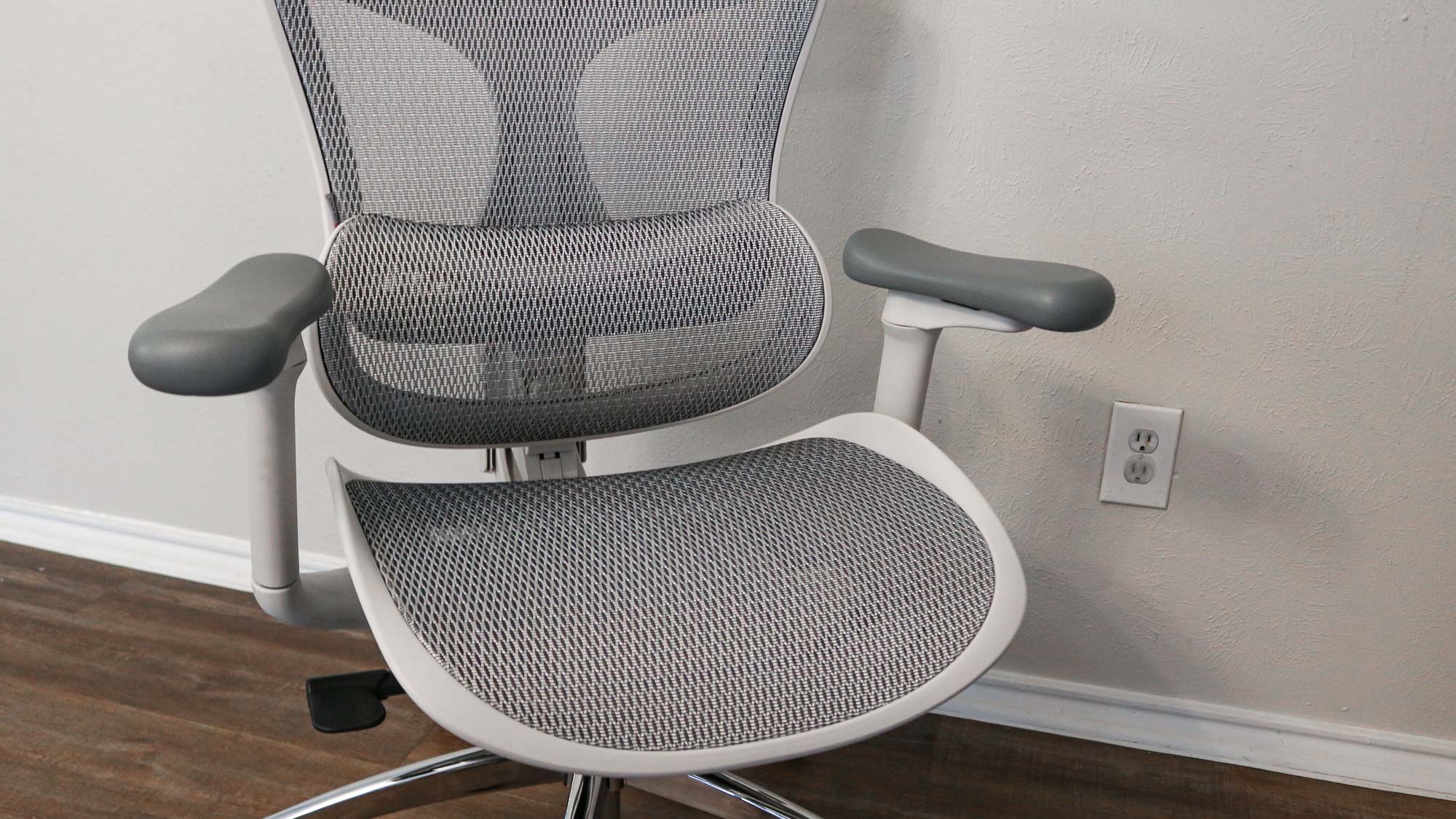
The height of the lumbar support can be adjusted by pulling the backrest up. There are four different levels available; an audible click lets you know when you’ve moved up to the next level, and when you pull the backrest all of the way up, it drops back down to its lowest position before locking into place.
The SIHOO Doro-C300 has 3D armrests that can be moved up and down, forwards or backwards and they can also pivot 75 degrees. Like with the backrest, the height of the armrests can be adjusted by lifting them up and there are six different height levels to choose from. They also produce an audible click as you move from level to level and drop all the way down once they’ve reached their highest position.
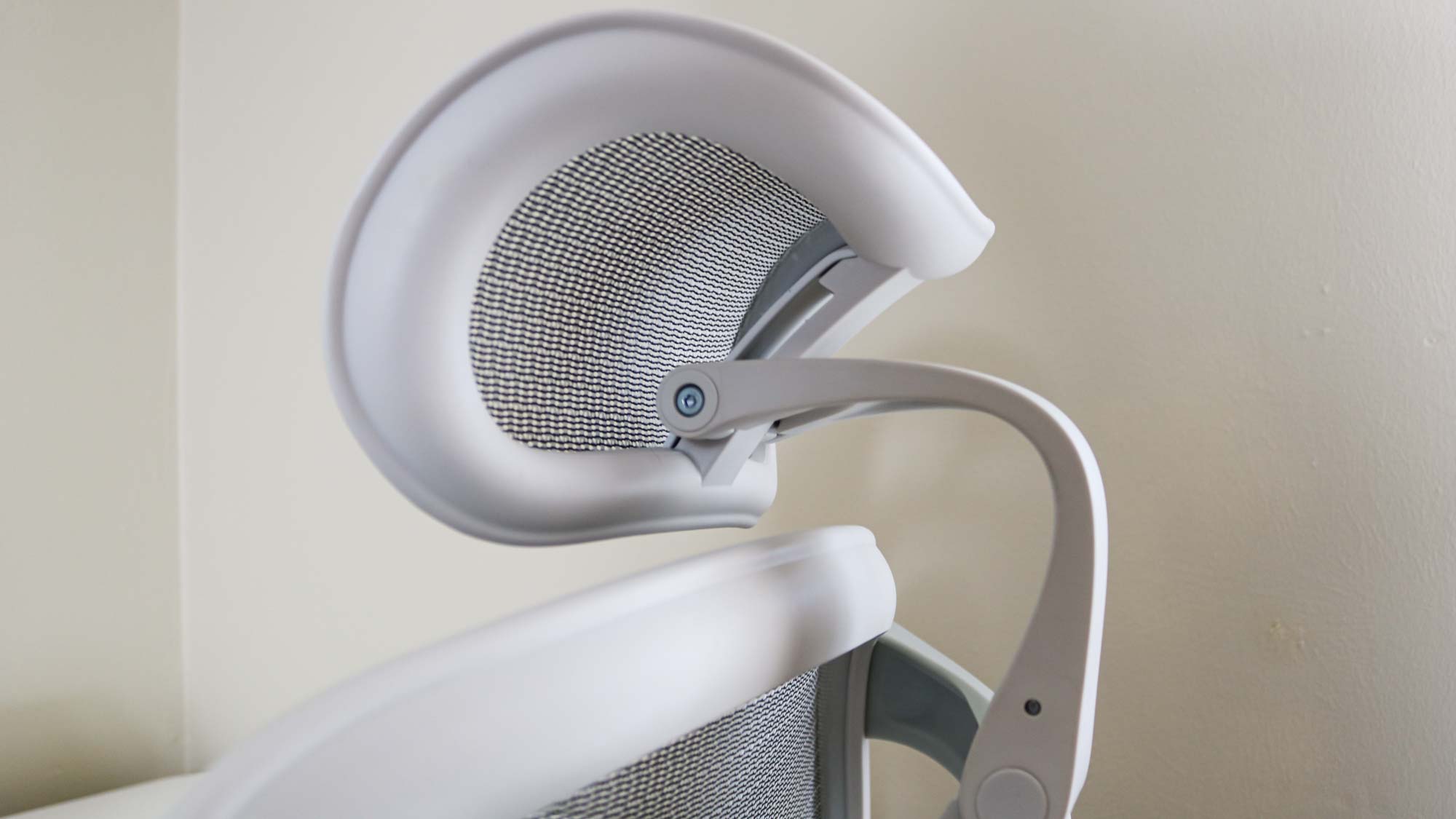
The SIHOO Doro-C300’s headrest is adjustable as well and it can move up or down but you can also adjust how far away or close it is to the backrest. There are eight different height levels and two tilt levels. Getting the headrest exactly where you want it does take a bit of fiddling though.
SIHOO Doro-C300 review: Comfort
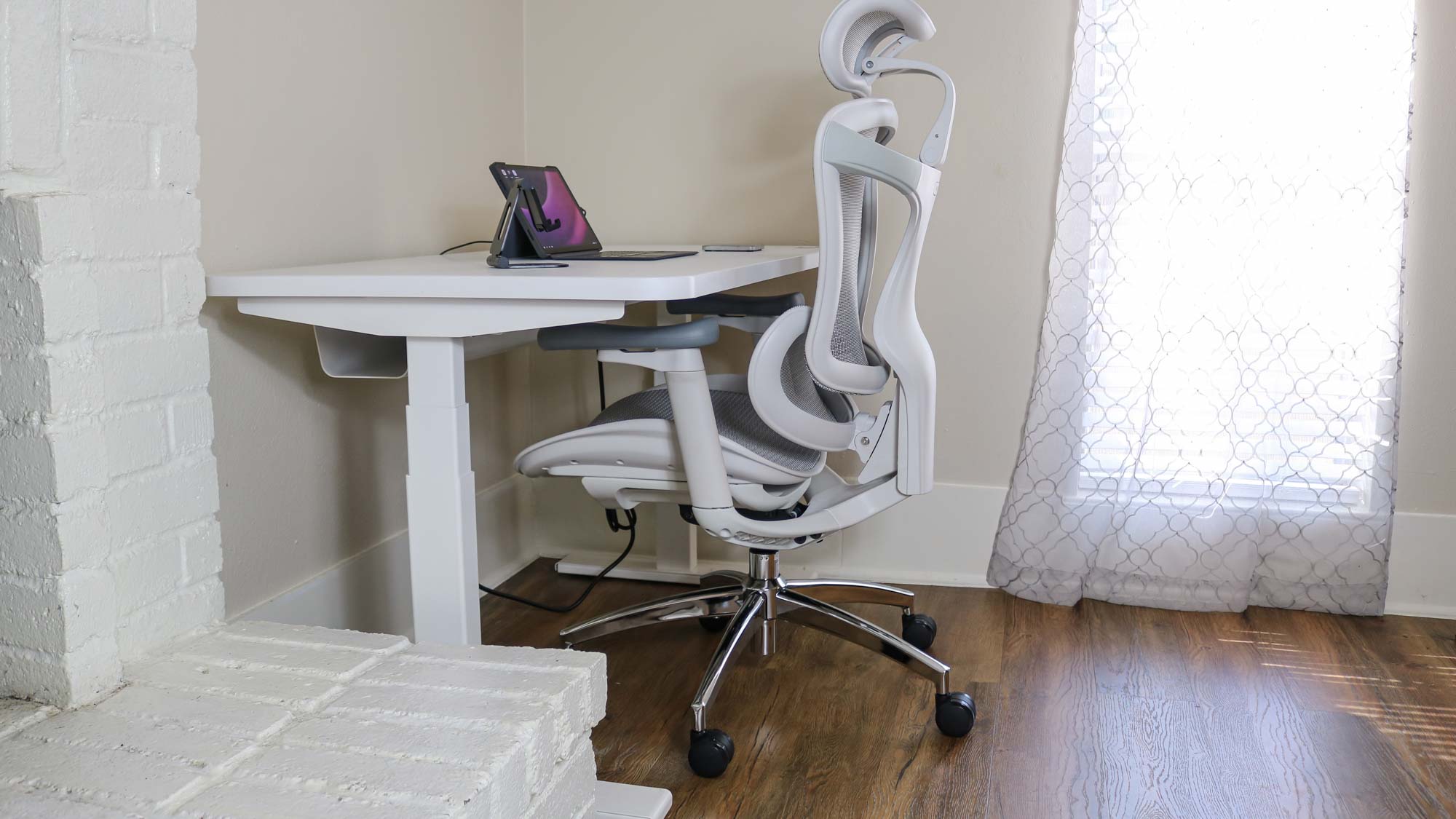
I used the SIHOO Doro-C300 as my main office chair for about a month while sitting at several of the best standing desks. It’s been comfortable to use throughout my workday and even into the evening but I do have some gripes about several aspects of this chair.
For starters, the non-adjustable lumbar support can be hard to get used to, especially after using chairs like the HON Ignition 2.0 or the Branch Verve Chair that let you manually adjust their lumbar support mechanisms by lifting them up or down. Due to the way the SIHOO Doro-C300’s lumbar support is positioned in relation to the backrest, I also found I had to pull the chair quite close to my desk for the top of my back to rest against the backrest. This did help keep me sitting upright in an ergonomic position though.
Compared to the X-Chair X2 which is also a full mesh office chair, the SIHOO Doro-C300’s seat and backrest have a more plasticky feeling. This did get better over time and the chair’s mesh feels slightly smoother and less clingy after prolonged use. However, this could be a reason you might want to invest a bit more when choosing one mesh office chair over another.
Another hangup I had with the SIHOO Doro-C300 was that its armrests move too easily for my liking. They lock firmly in place when it comes to their height but it’s easy to knock them out of place horizontally. For instance, sometimes when I pushed the chair in or pulled it out, the armrests would move inward or outward and I’d need to readjust them. A button to lock them in place would be a welcome addition to what is a very nice office chair overall. However, I liked that its armrests have a bit of give when you rest your elbows on them, which helped make the chair more comfortable when I wasn’t typing.
During my time testing the SIHOO Doro-C300, I didn’t notice any creaks or shifting when using the chair and it supported my weight well. Its casters weren’t as smooth as I would have liked on the hardwood floors in my office but they did their job.
At five-foot-four myself, I can easily recommend this chair for those on the shorter side but like I mentioned before, the chair’s maximum height of 22 inches might not be as well-suited for taller users.
SIHOO Doro-C300 review: Bottom line
The SIHOO Doro-C300 is the company’s best office chair yet and this is largely in part due to its design and mid range price. It’s rare to find an office chair that looks as good from the back as it does from the front and the chair’s futuristic-looking frame really helps with this. Going for an all mesh design instead of using a cushion for the seat like SIHOO has done with its previous office chairs was also a wise choice. However, the lack of an adjustable lumbar support combined with the narrow seat pan could be a deal breaker for some. Likewise, the armrests move a bit too much for my liking and need to be constantly readjusted.
The SIHOO Doro-C300 requires a bit more assembly than other office chairs but this does allow it to arrive at your door in a smaller box. If you’re looking for a reasonably priced office chair with some more premium features, it could be the right choice for you, especially if you want a headrest. However, if you can do without a headrest and prefer a cushion instead of mesh for the seat, the Branch Ergonomic Chair is a similarly priced office chair worth considering that’s available in a wider range of colors. The SIHOO Doro-C300 is certainly a step in the right direction and worth considering for those that want an all mesh office chair without spending twice as much.

Anthony Spadafora is the managing editor for security and home office furniture at Tom’s Guide where he covers everything from data breaches to password managers and the best way to cover your whole home or business with Wi-Fi. He also reviews standing desks, office chairs and other home office accessories with a penchant for building desk setups. Before joining the team, Anthony wrote for ITProPortal while living in Korea and later for TechRadar Pro after moving back to the US. Based in Houston, Texas, when he’s not writing Anthony can be found tinkering with PCs and game consoles, managing cables and upgrading his smart home.
